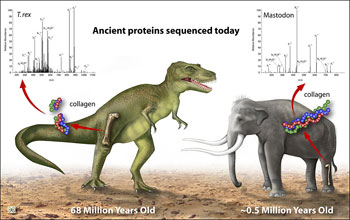 Sat Apr 26, 4:29 PM ET
Sat Apr 26, 4:29 PM ET PAYERNE, Switzerland (AFP) - A 36-year-old Swiss amateur parachutist made a successful 650-metre (2,130-foot) drop Saturday using a replica of a parachute designed more than 500 years ago by Leonardo da Vinci.
"I came down... smack in the middle of the tarmac at Payerne military airport," said Olivier Vietti-Teppa. "A perfect jump."
Vietti-Teppa is the first person to have made it safely to the ground with the Leonardo model.
In 2000, Britain's Adrian Nicholas tried it but had to pull the ripcord on a modern backup parachute to complete his descent safely.
Vietti-Teppa jumped from a hovering helicopter and the Leonardo parachute opened at 600 metres, he reported.
The parachute he used was made using modern fabric along lines designed by the Renaissance genius. The specifications were found in a text dating from 1485.
The parachute consists of four equilateral triangles, seven metres on each side, made of parachute fabric, Vietti-Teppa explained.
The base of the pyramid is a square of mosquito net, which enables the parachute to open. A wooden frame originally conceived by da Vinci was not used on the model in action on Saturday.
One drawback: it is impossible to manoeuvre or steer the Leonardo parachute. "You come down at the whim of the wind," said Vietti-Teppa, who carried out advance tests using a scale dummy model launched from a remote-controlled model helicopter.
 April 29, 2008 (Source: NASA/JPL/Space Science Institute)
April 29, 2008 (Source: NASA/JPL/Space Science Institute)













 Sean Frayne’s device, which he calls a Windbelt, is a taut membrane fitted with a pair of magnets that oscillate between metal coils. Prototypes have generated 40 milliwatts in 10-mph slivers of wind, making his device 10 to 30 times as efficient as the best microturbines. Frayne envisions the Windbelt costing a few dollars and replacing kerosene lamps in Haitian homes. Read the
Sean Frayne’s device, which he calls a Windbelt, is a taut membrane fitted with a pair of magnets that oscillate between metal coils. Prototypes have generated 40 milliwatts in 10-mph slivers of wind, making his device 10 to 30 times as efficient as the best microturbines. Frayne envisions the Windbelt costing a few dollars and replacing kerosene lamps in Haitian homes. Read the 







